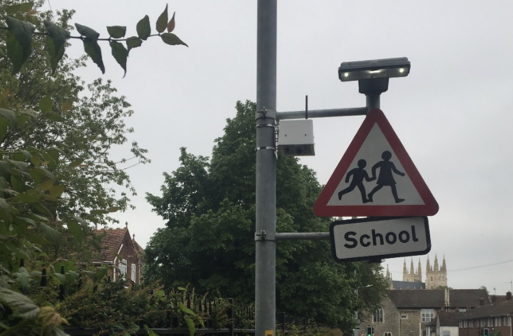AQ Sensors
This section hosts data and information from various local AQ Sensor networks and projects operating across Kent and Medway. More sensors are coming online all the time, check to see if there is one near you and how they work below.
Data from locations in this section are provided by AQ Sensors. As the monitoring methodology differs from that used at reference stations these data are considered INDICATIVE and caution should be take when directly comparing with the data from the reference stations and should be used as a guide when making personal decisions linked to the indicated DAQI banding recommendations
Where are the AQ sensors?
Various Local Authorities within Kent are operating AQ sensors which allow monitoring locations to be localised and dynamic. Check here where the closest locations are to you.
Here's some recent insights from local AQ sensors:
NO₂ concentrations are shown to be elevated at drop off and pick up times at Military Road primary school.
As the city of Canterbury expands, new residents are encouraged to walk, cycle or take buses to help reduce impacts.
What are AQ sensors?
Air quality sensors are a rapidly developing technology which allow us to monitor pollution levels relatively cheaply and easily across a local area. They are increasingly able to bridge the gulf between traditional monitoring methods using passive diffusion tubes and automatic analysers. There is a broad range of complexity and quality in the world of AQ sensors from low cost personal alarms to sesor units, analysing a full suite of pollutants. You may be familiar with basic forms of AQ sensors in your home smoke alarm or carbon monoxide detector.

How do they work?
The sensor units can be tailored to monitor the pollutants that are of the most importance in the area they are being deployed. The majority of AQ sensors here monitor NO2, PM10 & PM2.5. Data can be used to tell us what the pollution levels are in near real time and to assess longer term trends. This allows mitigation actions to be taken from a decision for a person to avoid a more polluted area on any given day; through to assessing traffic engineering measures such as speed restrictions on annual average concentrations.
AQ sensors are being utilised by Kent's local authorities on a range of projects to inform, assess and improve on air quality in your local area.